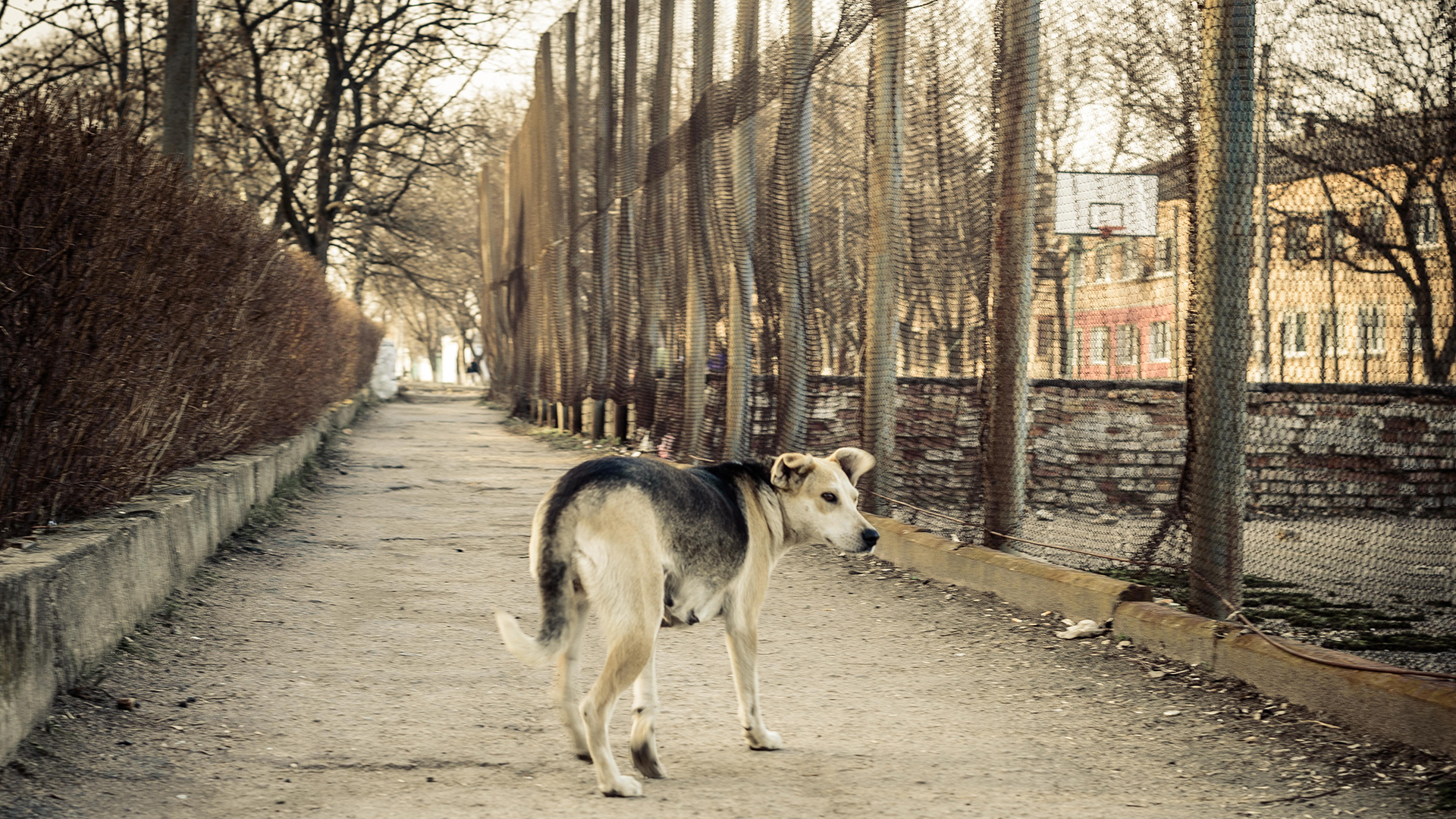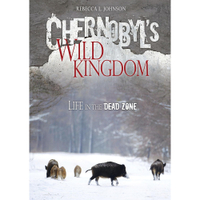Genetic differences in Chernobyl dogs may not be down to radiation, new study suggests
The latest research on dogs in the Chernobyl Exclusion Zone defies what many scientists suspected

While dogs are often thought to be our best friends, and we’ve been living alongside them for thousands of years, we’re still finding out new things about them all the time.
Some of these are on a much smaller level, such as discovering which of the best dog toys your own pup likes the most, while some of them go much bigger – the sort of things scientists are researching that could have far-reaching impacts.
Among the things scientists have been looking at recently are the genetic differences of dogs living near in the Chernobyl Exclusion Zone (CEZ) near Pripyat in Ukraine, and a new study has been published this month.
And, as it turns out, radiation-induced mutations might not be the reason for the differences, despite what some scientists thought might have been the case.
Dr. Norman Kleiman, a co-author of the study, said, “Most people think of the Chernobyl nuclear accident as a radiological disaster in an abandoned corner of Ukraine, but the potential adverse health implications are much wider.
“This is due to the many other toxins – including heavy metals, lead powder, pesticides, and asbestos – released into the environment during the ensuing cleanup and remediation over three decades.”
Fellow co-author Dr. Matthew Breen added, “We are trying to determine if low-level exposure over many years to environmental toxins, such as radiation or lead could explain some of those differences.”
PetsRadar Newsletter
Get the best advice, tips and top tech for your beloved Pets
A previous study looked at genetic variants in the genomes of dogs near the abandoned plant, identifying 391 outlier DNA segments that differed between two populations.
For the new study, however, researchers analyzed the dogs’ genomes deeper to find evidence of mutations that could have built up over time. Their findings indicated that dogs in Chernobyl city had similar genetics to dogs in Russia, Poland, and surrounding areas. As a result, researchers could use these dogs as a control population to compare against those dogs who lived closer to the power plant itself.
Primarily, they were looking for abnormalities in reproductive cell DNA, passed down from parent to puppy, with Dr. Breen explaining that even though there have been around 30 generations of dogs since the disaster almost 40 years ago, mutations would likely still be detectable. However, they didn’t find any evidence of this in the dogs near the power plant.
This doesn’t mean that environmental pressures didn’t have any impact in helping to form differences between the two dog populations, however. And, as PhD candidate Megan Dillon, who was involved with the study, said, “It’s possible that the dogs that survived long enough to breed already had genetic traits that increased their ability to survive.
“So perhaps there was extreme selective pressure at the start, and then the dogs at the power plant just remained separate from the city population.”
More research still needs to be done to find out more about the causes of these genetic differences – while studies done on animals in places like the CEZ can help us understand how nuclear disasters affect humans nearby, too.
Chernobyl's Wild Kingdom: Life in the Dead Zone
Learn more from the international scientists investigating the Zone's wildlife, which includes catfish, mice, voles, otters, beavers, wild boar, foxes, lynx, deer, moose – even brown bears and wolves.

Adam is a freelance journalist specialising in pets, music and culture, and mental health and wellbeing. He investigates and writes the large majority of news on PetsRadar, and collaborates with veterinary experts to produce informative pet care content.
Adam has a journalism degree from Southampton Solent University and a masters degree in Magazine Journalism from Cardiff University. He was previously senior editor at dog advice website DogTime.com, and has also written for The Independent, GoodToKnow and Healthline.
He owns two rescue cats, Bunny and Dougie, and has also previously had a rabbit, fish and Roborovski dwarf hamsters.

